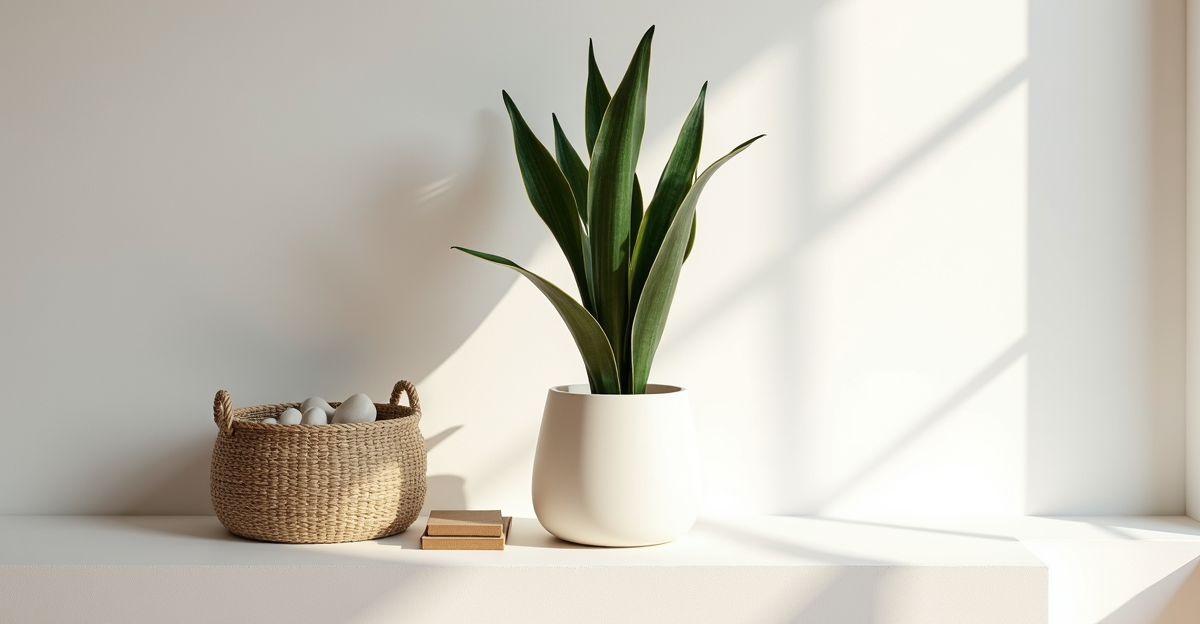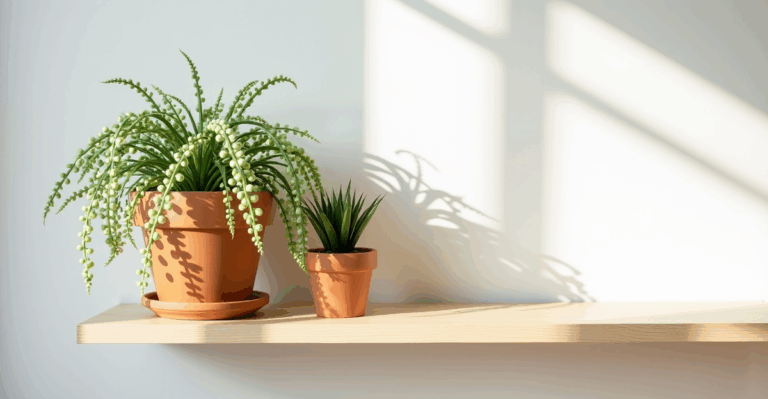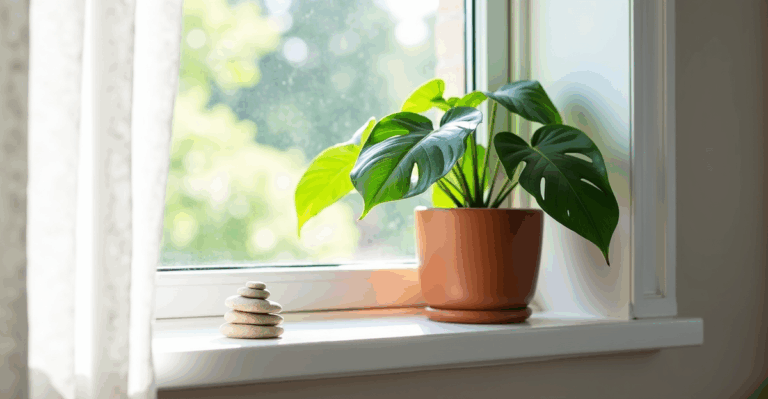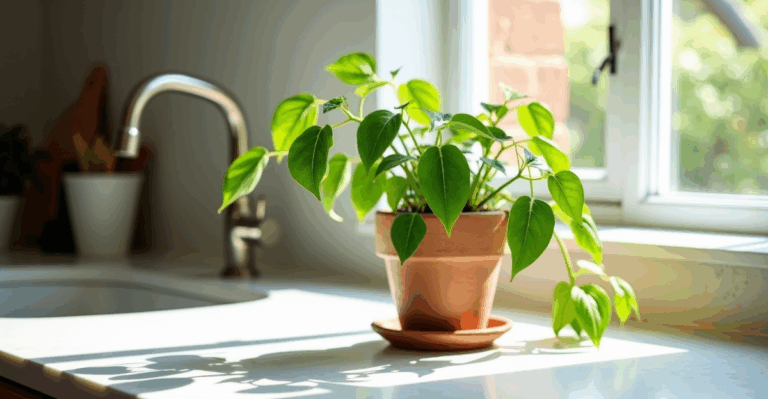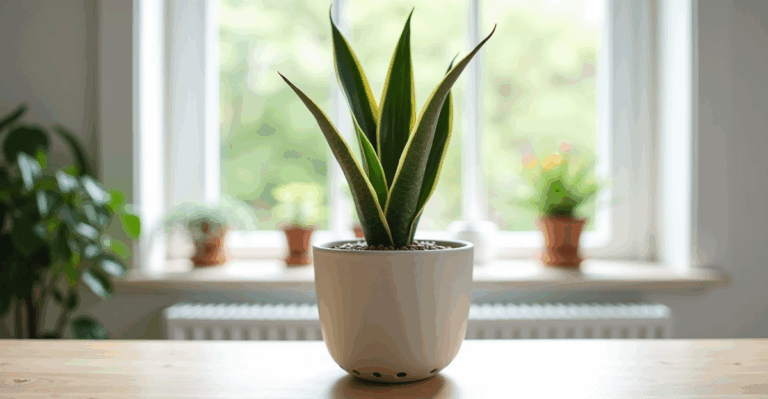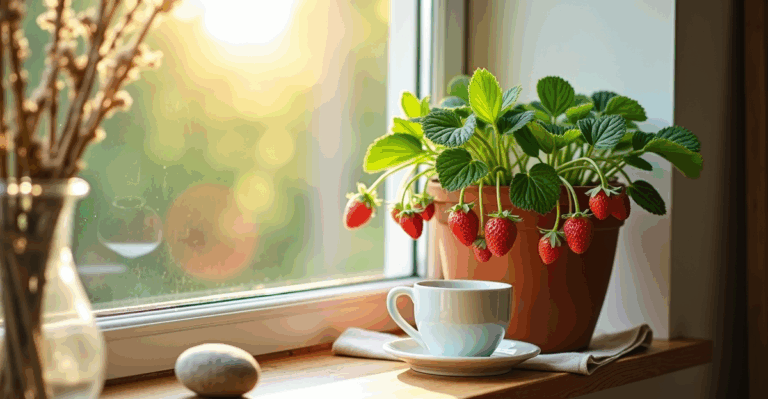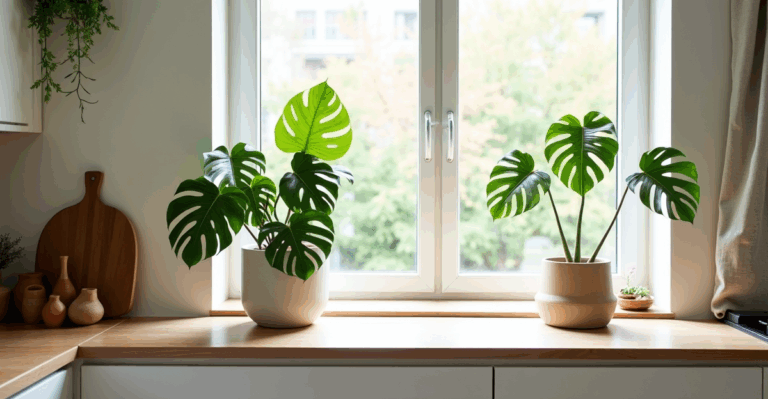Your Low-Light Mantel Just Got a Snake Plant Makeover (No Sun Needed)
Picture this: You’ve finally cleared the clutter from your mantel after the holidays. You’ve got that perfect ceramic bowl, a stack of books you actually plan to read, and a single, lonely succulent in a pot that’s seen better days. It’s all looking great… until you realize your mantel faces a north wall. No sun. Ever. You’ve tried everything—repositioning, rotating the plant—but it just keeps getting leggy and sad. Sound familiar? You’re not failing at plant care; you’ve just been trying to grow a sun-lover in a shadow box. Snake plants, though? They’re the quiet heroes who thrive because of the low light you’ve been avoiding. And with a smart grow light setup, your mantel can look intentional, lush, and totally plant-healthy—no natural light required.
Let’s be real: Snake plants (Sansevieria) are often misunderstood as “just for beginners” or “survival plants.” They’re both, but they’re also incredibly versatile for styling. Their stiff, architectural leaves add instant structure to a mantel, especially when paired with softer textures like woven baskets or smooth stones. The key isn’t just that they tolerate low light—it’s how you care for them in that space without turning your mantel into a soggy disaster. Overwatering is the silent killer here, especially when light is low. Plants in dim conditions use water slower, so wet soil = root rot, fast. And that’s where the grow light becomes your styling partner, not just a care tool.
Forget “Bright-Indirect” – Your Low-Light Mantel Needs a Light Strategy
Most care guides say “bright-indirect light,” but for a north-facing mantel? That’s a myth. Realistically, it’s low-medium light—around 50-100 foot-candles. Snake plants handle this well, but they won’t thrive without supplemental light. That’s where a grow light shines (pun intended). Skip the bulky, industrial shop lights. Instead, choose a sleek, adjustable LED panel designed for plants (like those from Auro, GrowWise, or even a quality smart bulb). Position it above the mantel (not behind it) so the light falls gently on the plant and the display below. The goal isn’t to mimic the sun—it’s to give your snake plant a clear signal it’s not winter, so it doesn’t go dormant. Aim for 12-14 hours daily; set a timer. The light should be subtle, not glaring, so it blends into your decor. I’ve seen one client use a small, white LED panel tucked behind a bookshelf, making it look like ambient light—just enough to keep the snake plant happy while the mantel stays beautifully lit for evening gatherings.
Watering: Your Mantel’s Secret Weapon (and Why You’re Probably Doing It Wrong)
Here’s the crucial nuance most miss: low light means less water, period. Snake plants in a sunny window might need water every 3-4 weeks. In a north-facing mantel with a grow light? You’ll likely water every 4-6 weeks, if the soil is dry. Don’t rely on a calendar. Always check the soil. Stick your finger in 2-3 inches deep. If it’s dry, water thoroughly until it drains out the bottom (this flushes salts and prevents buildup). If it’s still damp, wait. The grow light helps the soil dry faster than it would in total darkness, but it doesn’t magically speed up the plant’s water needs. A common mistake: using a pot with no drainage. That’s a one-way ticket to root rot, especially when you think you’re being careful. Even with a grow light, water in a well-draining pot (terracotta, unglazed ceramic, or a 3D-printed planter with drainage) is non-negotiable. Add a small saucer underneath for peace of mind, but never let the plant sit in pooled water.
Styling Your Low-Light Snake Plant: Simple, Sophisticated, and Practical
The magic happens when care and style align. For a mantel, go for one snake plant as the anchor—not three. A Sansevieria trifasciata (Mother-in-Law’s Tongue) with its upright, pointed leaves is perfect. Place it slightly off-center so it’s the focal point, not the whole story. Pair it with a few minimalist elements: a single smooth river stone on the mantel, a tiny ceramic spoon, or a small stack of leather-bound journals. Avoid clutter—each item should have breathing room. The snake plant’s rigid form creates a strong line that balances softer items. For a trailing variety like Sansevieria cylindrica, let the leaves spill gently over the edge of the mantel. This works because the grow light is positioned to keep the top of the plant healthy, not just the base. (Pro tip: Keep the grow light fixture low and behind the plant so it doesn’t cast a harsh shadow on your display.)
Edge Cases & Real Talk (Because Plants Aren’t Perfect)
This setup won’t work if your mantel gets zero light and you don’t use a grow light. No workaround. If you’ve got a very dry, heated room (like an apartment with forced-air vents), the grow light will help slightly with humidity, but you might still need a small humidifier nearby during winter. Avoid placing the snake plant right above the grow light—this can cause leaf burn. Keep it 6-12 inches away. Also, don’t use fertilizer during the winter months when light is low; the plant isn’t actively growing. And if you notice yellowing leaves? That’s usually overwatering (check soil moisture first!), not a light issue. It’s not about perfection—it’s about creating a space that feels intentional and healthy, even if the plant’s only growing a little slower than it would in a sunroom.
Why Your Planter Choice Is the Hidden Secret
Most store-bought pots are designed for looks, not function—especially for low-light, slow-growing plants. Unglazed terracotta dries too fast (even with a grow light), while glazed ceramic holds moisture and risks root rot. Self-watering pots? They’re a gamble; the reservoir often leads to overwatering if you don’t monitor closely. That’s why we’ve fallen for 3D-printed planters. They’re engineered for both plant health and style: the drainage channels prevent soggy soil, the materials are light enough to move easily (no heavy pots on a mantel!), and they come in clean, modern shapes that match your decor. You can choose a matte finish that matches a ceramic bowl or a geometric shape that complements your bookshelf. No more sacrificing care for aesthetics—or vice versa.
The Takeaway
Your north-facing mantel isn’t a dead zone. It’s a canvas for low-light style, thanks to snake plants and a smart grow light. The care is simple: check soil moisture (not a schedule), water deeply when dry, use a drain-friendly pot, and position the light to support the plant without disrupting your display. It’s not about fighting your space—it’s about working with it. And when you get the care right, the styling takes care of itself. The snake plant’s presence adds calm, structure, and a touch of green that makes the whole room feel intentional.
When you’re ready to grow your setup, explore our 3D-printed planters.

